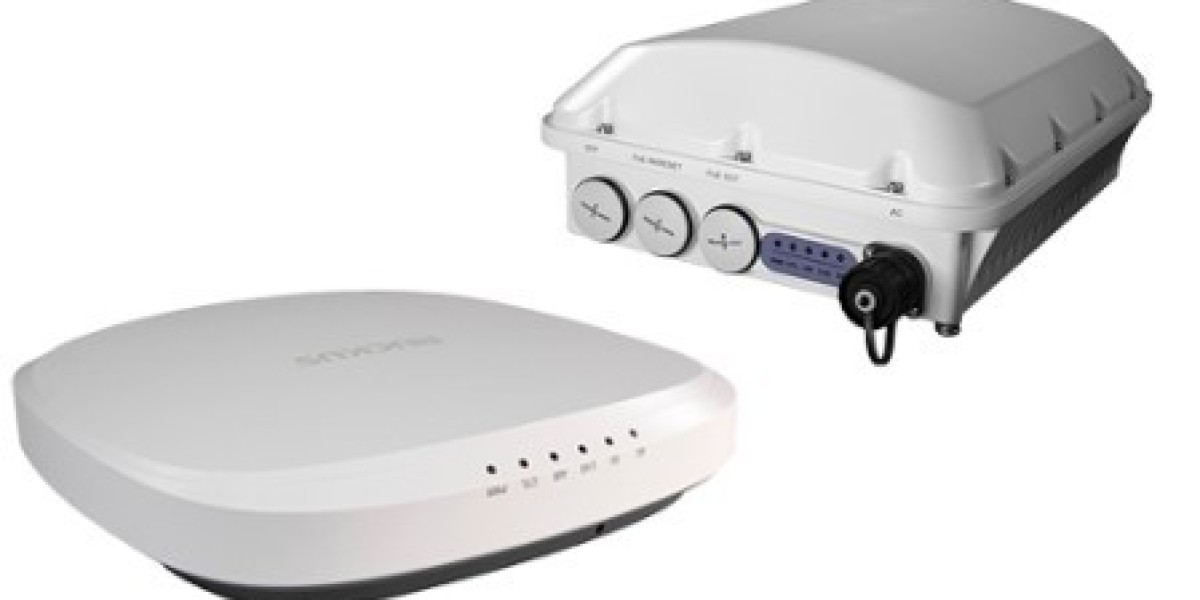Cryptocurrency trading has entered a new phase — one defined by decentralization, speed, and user autonomy. As traditional financial institutions grapple with legacy systems and central control, the crypto world is rapidly evolving into a borderless, peer-driven marketplace. Markets move fast This transformation is largely powered by three major forces: Decentralized Finance (DeFi), Decentralized Exchanges (DEXs), and the growing trend of day trading in the crypto space.
The Rise of Decentralized Finance (DeFi)
DeFi represents the dismantling of traditional financial intermediaries through smart contracts and blockchain protocols. Instead of relying on banks or brokers, users interact directly with protocols to lend, borrow, earn interest, or trade assets. DeFi platforms like Aave, Compound, and MakerDAO have enabled billions in on-chain transactions, often with no need for credit checks or KYC processes.
What sets DeFi apart is its open-source nature and global accessibility. Anyone with a crypto wallet and internet access can participate, making financial services available to the unbanked and underbanked populations worldwide. Transparency is also baked into the system — every transaction is traceable on the blockchain, reducing the potential for hidden fees or manipulation.
DEXs: Trading Without a Middleman
Decentralized exchanges, or DEXs, are a critical component of the DeFi ecosystem. They enable users to trade cryptocurrencies directly from their wallets, removing the need for custodial services or third-party oversight. Platforms like Uniswap, SushiSwap, and PancakeSwap utilize automated market makers (AMMs) to facilitate trading, which relies on liquidity pools rather than traditional order books.
This peer-to-peer approach increases security and control for traders. Since assets are never held by the exchange, there’s significantly less risk of hacks or withdrawal freezes, which have plagued centralized exchanges in the past. Moreover, DEXs offer access to a broader array of tokens — including niche or newly launched coins that may not be available on centralized platforms.
Day Trading in the Crypto Era
Day trading has long been a staple of traditional markets, but in the 24/7 world of crypto, it takes on a whole new dimension. Cryptocurrency day traders take advantage of constant price volatility to make quick profits within short time frames, sometimes holding positions for only minutes or hours.
With the rise of DeFi and DEXs, day trading has become more dynamic and decentralized. Traders can execute strategies like arbitrage, yield farming, and flash loan-based trades directly on-chain. Tools like TradingView, MetaMask, and decentralized trading bots provide infrastructure for high-frequency activity, and some traders even code their own automated strategies using smart contracts.
However, the fast-paced nature of crypto day trading comes with significant risks. Without proper risk management, the potential for loss is high, particularly in a market known for extreme price swings. Yet, for experienced traders who understand the landscape, the opportunities can be substantial.
Interoperability and the Multi-Chain Future
Another critical advancement fueling the new era of trading is blockchain interoperability. Traders are no longer limited to a single chain like Ethereum. Thanks to bridging technologies and multi-chain DEXs, assets can now move across ecosystems like Binance Smart Chain, Avalanche, Solana, and more.
This cross-chain flexibility gives traders access to the best opportunities across the crypto landscape. It also helps alleviate congestion and high fees on busy networks, encouraging broader adoption of DeFi and DEXs by retail users and institutional players alike.
The Future of Crypto Trading: Fast, Open, and User-Driven
The convergence of DeFi, DEXs, and day trading is reshaping the financial landscape. Control is shifting from centralized authorities to individual users, giving rise to a new generation of self-reliant, tech-savvy traders. This new paradigm emphasizes transparency, security, and efficiency — all powered by blockchain technology.
As innovation continues to accelerate, we can expect more sophisticated tools, smarter automation, and deeper integration between traditional finance and decentralized systems. The new era of cryptocurrency trading is just beginning, and it promises to redefine how the world views money, markets, and financial freedom.







